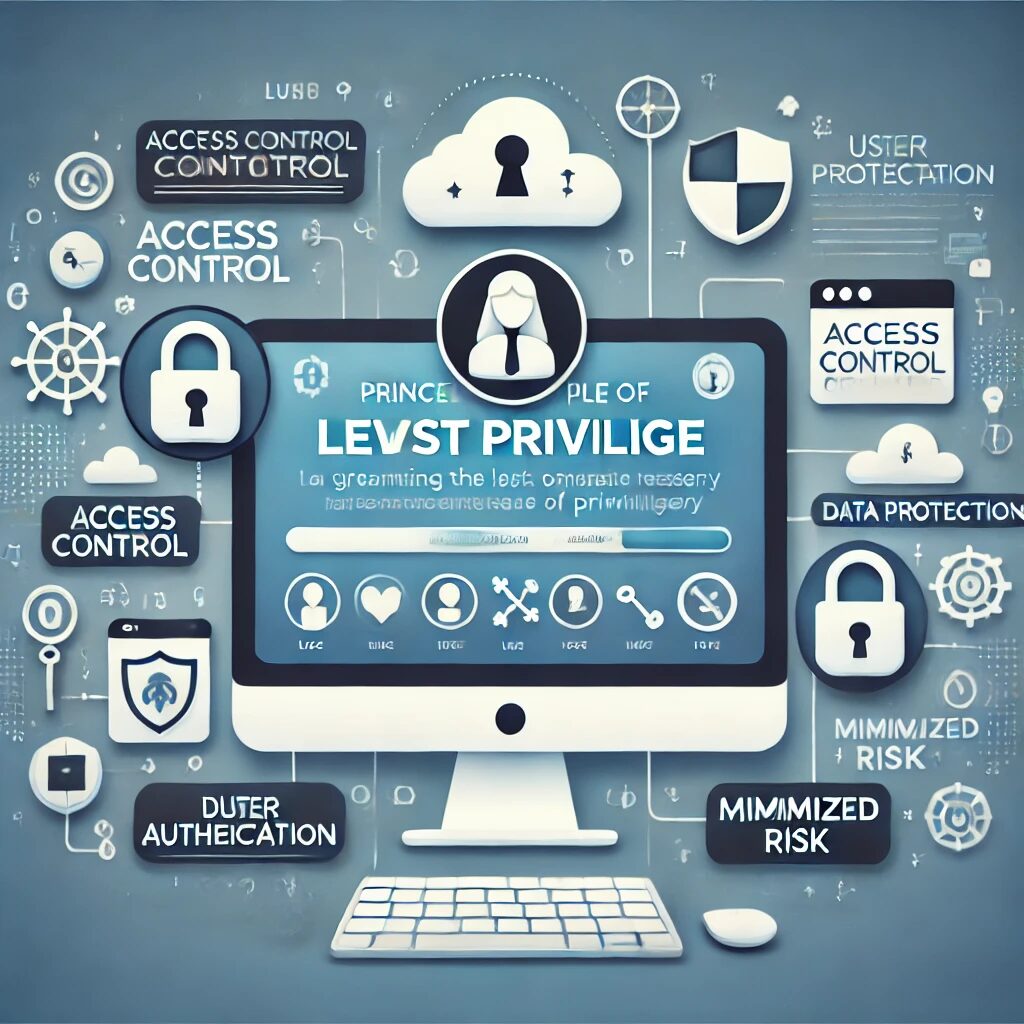Introduction
The least privilege principle is a foundational concept in cybersecurity and information technology. It dictates that any user, application, or system component should have the minimum levels of access—or privileges—necessary to perform its function. This principle helps mitigate potential damage in case of accidental or malicious misuse of privileges.
Understanding the Least Privilege Principle
At its core, the least privilege principle aims to limit access rights for users to the bare minimum permissions they need to complete their work. For instance, if an employee only needs to read certain files and not edit them, they should not have editing privileges. By enforcing such constraints, organizations can significantly reduce the attack surface and potential vulnerabilities.
Why is the Least Privilege Principle Important?
The least privilege principle is crucial for several reasons:
- Enhanced Security: By limiting access rights, the risk of malicious activities or accidental errors is reduced. If a user account is compromised, the attacker’s potential damage is contained.
- Compliance: Many regulations and standards, such as GDPR, HIPAA, and PCI-DSS, require adherence to the least privilege principle to protect sensitive information.
- Reduced Attack Surface: With fewer privileges available, there are fewer opportunities for attackers to exploit vulnerabilities.
- Minimized Impact: In case of a breach, the impact is minimized since the compromised account has limited access.
Implementing the Least Privilege Principle
Implementing the least privilege principle involves several steps:
- Identify Needs: Determine the minimum level of access required for users and applications to perform their functions.
- Grant Permissions: Assign access rights based on the identified needs, ensuring no excess privileges are given.
- Regular Reviews: Periodically review access rights to ensure they are still appropriate. Revoke unnecessary privileges promptly.
- Use Role-Based Access Control (RBAC): Implement RBAC to manage permissions efficiently by assigning roles to users based on their responsibilities.
- Monitor and Audit: Continuously monitor and audit access patterns to detect and respond to any anomalies or potential security threats.
Challenges and Best Practices
While the least privilege principle is a powerful security measure, its implementation can face challenges:
- Complexity: Determining the precise level of access required can be complex, especially in large organizations.
- Resistance: Users may resist changes, especially if they feel their productivity is hindered by restricted access.
To overcome these challenges, organizations should:
- Educate Employees: Inform users about the importance of the least privilege principle and how it protects the organization.
- Automate Where Possible: Use automated tools to manage and review access rights, reducing the administrative burden.
- Gradual Implementation: Implement changes gradually to minimize disruption and allow for adjustments.
Conclusion
The least privilege principle is a fundamental aspect of securing an organization’s information systems. By ensuring that users and applications only have the access they need, organizations can protect sensitive data, comply with regulatory requirements, and reduce the risk of security breaches. While implementation may be challenging, the benefits far outweigh the complexities, making it a vital strategy in any robust cybersecurity framework.


